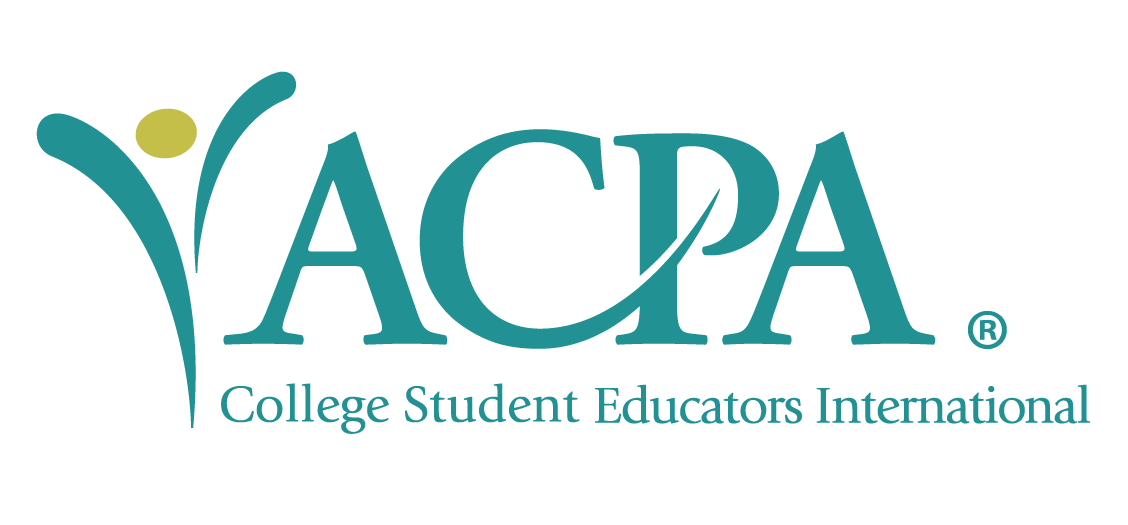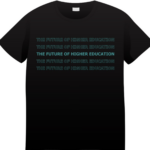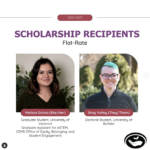Reflection, Transition, & Vision
by Nico Angerosa
The new year is a time often filled with relief, excitement, anxiousness, renewed motivation and ambition, uncertainty, exhaustion, and more. Most importantly, it is also a time to reflect on what the past year has brought for you and others, both the positive and the negative. On one side, this year has been particularly challenging in several aspects: the continuing of a global pandemic, loss of loved ones, climate change concerns, acts of social and racial injustice and violence, a clashing and polarized socio-political environment resulting in violence, socio-political turmoil in other countries resulting in international humanitarian aid, and more. On the other side, vaccines for the coronavirus have been developed, distributed globally (more than 8.4 billion!), and proven to be effective, we in the U.S. have elected our first ever woman, woman of color and person of color as the Vice President, along with the new presidential administration making historic nominations in appointing people of marginalized backgrounds to high-level positions, more strict policies in order to control and reverse the climate crisis have been implemented, and so much more.
The new year is a period of transition, and allows for much needed space to create a vision for the new year ahead. While all of the aforementioned successes and challenges are on the large scale, we must think more strategically on a scale where enacting our own change is possible; think globally, act locally. Especially as we work on our respective campuses either physically in person or virtually with our students and colleagues, taking several smaller and more easily attainable actions to be able to enact change will be key in our success. As student affairs educators, it will be important to keep in mind three key New Years Resolution goals as we move into a fresh year with a fresh mind: a) further develop our own professional abilities and identities, b) more critically engage with students around the issues that are important to them, and c) follow through on steps to take action and initiate positive change.
Further Develop our Own Professional Identities
The first is immersing ourselves into the plethora of professional development opportunities available to us. Whether this be through participating in and/or facilitating workshops at our home campuses, attending virtual webinars, engaging in regional or national conferences, and much more, there is something available to nourish everyone and their needs. Moreover, these opportunities specifically provide the time and space necessary for educators to be able to network and collaborate in their work. By participating in developmental activities, student affairs educators are able to hone in on the skills that matter most to them, what matters most as it relates to the success of their students, department, and institution, as well as aids in the evolution of their own professional identity. I define professional identity as the goals, values, and vision that a professional creates for themself. This may look like establishing for themselves a set of guidelines and expectations for how they will carry out their work, interact with others, and present themself as an educator. In this way, peers, students, and employers will understand the work that a professional is able to accomplish, how they will do it physically, as well as set expectations emotionally and mentally for their attitude.
Remember: think globally, act locally. Ask yourself these questions: what does my home institution offer in terms of professional growth? What are 1-3 areas that I would like to grow in this semester/year? What resources on or off campus are available to me, and how will I engage with those resources?
Critically Engage with Students
It is important to recognize and acknowledge that as part of our professional development and skill building, we as student affairs educators must engage and interact with the students individually and in groups. Our responsibility is to provide and ensure space for them to grow and succeed holistically while addressing the present challenges and difficulties in their lives in a constructive manner. Each space with the students should be a brave space, encouraging all individuals to share their thoughts, feelings, experiences, and suggestions to improve their educational environment experience. In my experience, the best way to engage students is through their own suggestions and input, as well as explaining the ‘why’ of what we do. As a former residence life and housing professional, I have found that students understand best and are more willing to engage when we explain the context of the why and how of what we do, in addition to exploring the possibilities of their own ideas and interests. Involving students in the decision making processes that directly affect them is key, and the more of it that you are able to provide, the more dedication from students you will reap.
Remember: think globally, act locally. Ask yourself these questions: In what ways are you able to foster an environment that is professionally and personally developing their critical thinking skills? How are you able to make this environment one in which they can practice navigating difficult conversations? What steps are you able to take in order to implement SMART goals and track student growth and progress?
Take Action and Initiate Change
Follow through and follow up are two of the most important practices that I have learned so far in my professional career. In order to make change and progress and achieve a goal, one must be able to follow through and bring to life an idea by taking necessary steps to progress, and executing them together. To do this, make a plan: what do you need in order to get the thing done? Who are the stakeholders (in other words, who is being affected?)? Is there a specific order of events that needs to happen? Have you involved your students in the process? If so, what ideas and suggestions have they made and are you able to entertain these considerations? If not, how are you able to get them involved? Make yourself a plan of steps needed to be tackled and completed that will build you up to unifying all of the steps to work together. Once this is done, follow up is the next piece. Without follow up, how do you know that the impact of your change actually worked, or worked as you intended it to? Do not be afraid to ask questions and conduct an assessment on the change that you have created. This will allow you to really dive in and evaluate the impact of the changes, and take note of how to improve.
Remember: think globally, act locally. How will you ensure that what you or your team did worked, or was even beneficial? Based on your proposed and implemented change, how will you assess the impact it had, if at all, and on who it impacted and in what ways? How are you able to make improvements and adjust your original plan to fit the needs of the student community? I wish everyone who celebrates a very happy and safe holiday season, and am sending my best to you as we enter this new year.
Nico Angerosa is Assistant Director of Campus Activities at St. John’s University.



Recent Comments